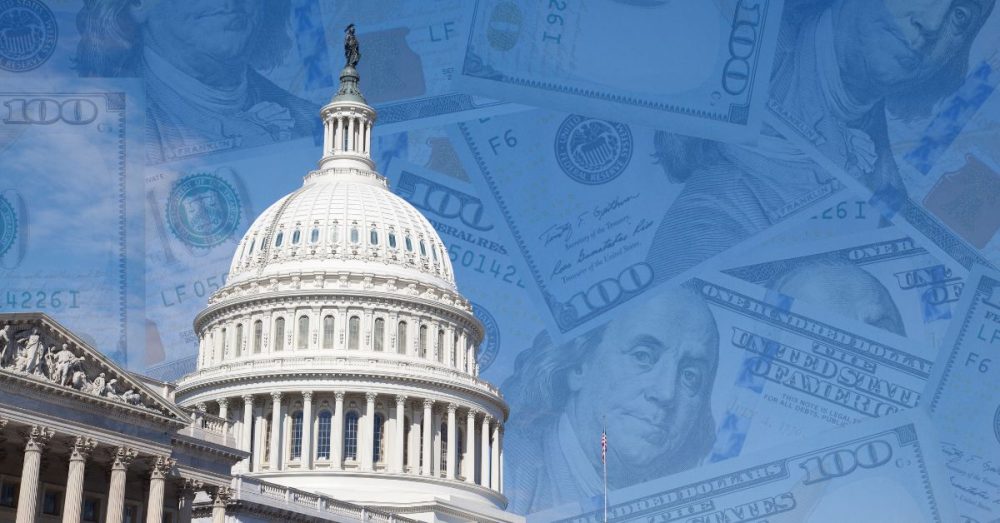Oh, the glory of U.S. deficit spending, where we borrow money like there’s no tomorrow and spend like a teenager with their first credit card.
Who needs fiscal responsibility when you can saddle future generations with mountains of debt? Forget investing in sustainable growth; let’s just fund endless wars and bail out failing corporations.
Economic stability? Overrated! Why not risk inflation, higher interest rates, and a weakened dollar instead? After all, what’s a little national bankruptcy among friends? It’s not like the rest of the world is watching or anything.
On that note, check out this take by the Mises Institute about what officials at the Congressional Budget Office have had to say about the nation’s economic outlook:
Deficit spending is not a growth tool. It is the recipe for stagnation.
The latest Congressional Budget Office (CBO) budget and economic outlook estimates show the extent of the challenges of the United States fiscal nightmare.
The CBO expects a budget deficit of $1.9 trillion in 2024, a year of alleged robust economic growth and record tax receipts. They expect revenues to reach $4.9 trillion, or 17.2 percent of GDP, in 2024, which will rise to 18.0 percent by 2027 and remain at that level until 2034.
This report’s main finding is alarming. Despite expecting no recession and rising tax revenues from 2024 to 2034, the budget deficit will explode from $1.9 trillion to $2.8 trillion by 2034.
Estimates place the adjusted deficit at 6.9 percent of GDP by 2034, nearly twice the average of 3.7 percent over the previous 50 years.
What is the problem when the CBO sees solid growth and rising revenues? Deficits are always a spending problem. By 2034, they expect outlays to soar from $6.8 trillion to $10.3 trillion, or 24.9% of GDP. Interestingly, one of the major reasons for the significant increase in outlays cited by the CBO is the soaring cost of debt.
According to the report, debt swells from 2024 to 2034 “as increases in interest costs and mandatory spending outpace decreases in discretionary spending and growth in revenues.” Public debt rises from 99 percent of GDP in 2024 to 122 percent in 2034, or $50.6 trillion, to which we must add the public debt held by other entities, including the Fed. The CBO considers “debt held by the public” to be $28 trillion in 2024, when public debt is already $34 trillion. Thus, United States public debt will increase by $22 trillion in a decade.
To read more, click HERE.


